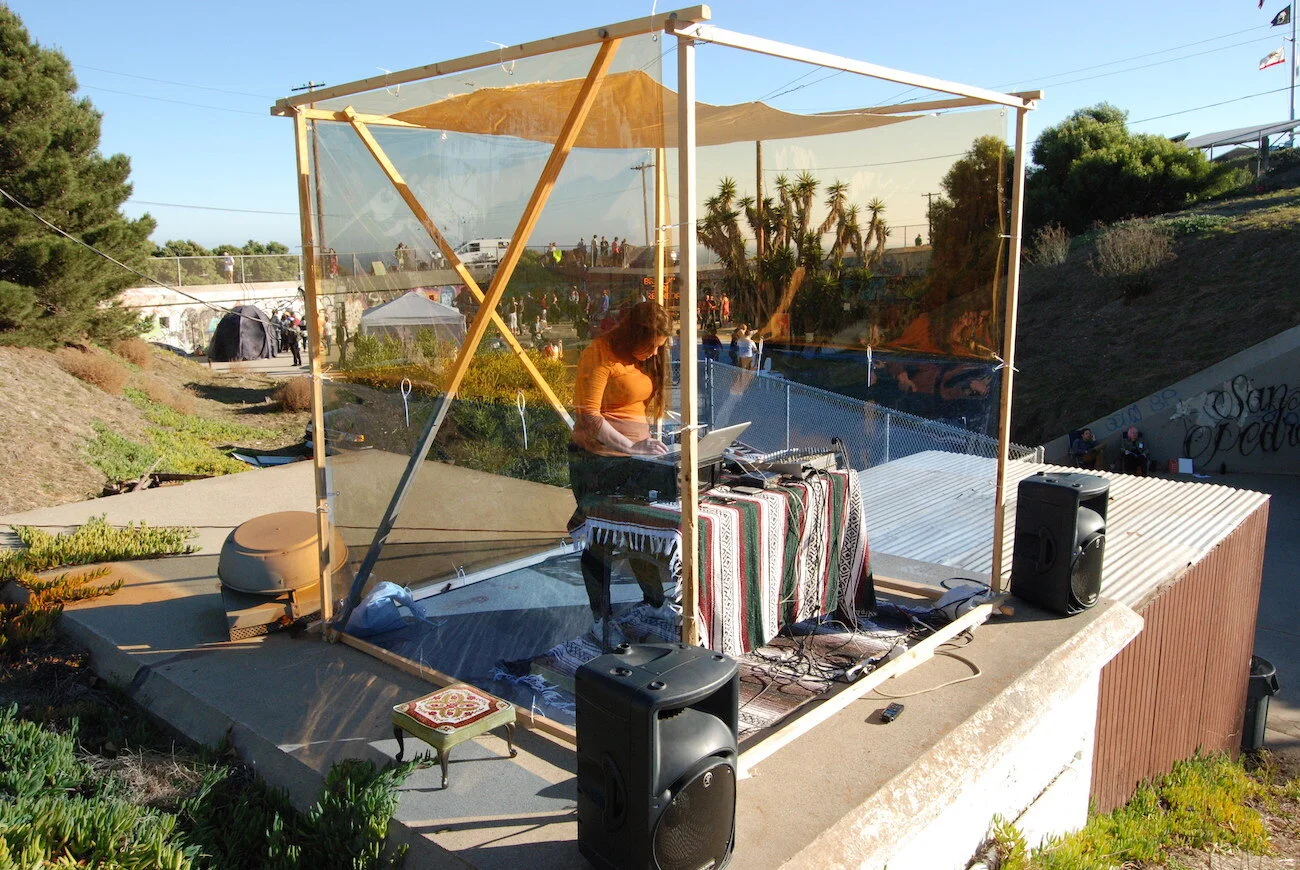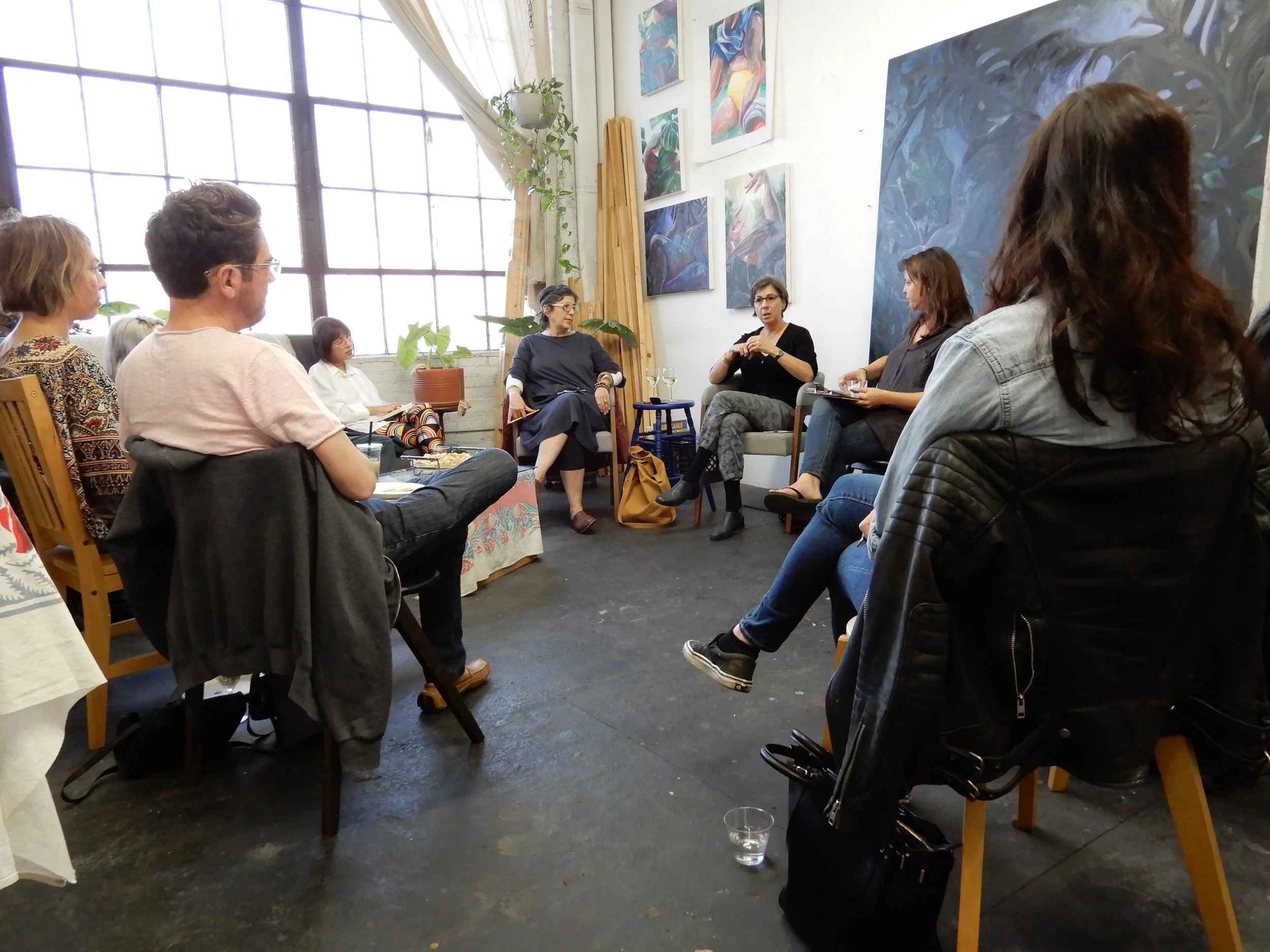The art world feels like it has rules, and no rules at all. This can be very confusing.
We don’t have a human resources department to turn to when we have a complaint or want a raise. Instead, I have always felt that artists can be each other’s greatest resource for information, for connections, for emotional support and for critical feedback on our work. Finding trusted peers and mentors to do this can be really hard, and quite magical once you find them.











